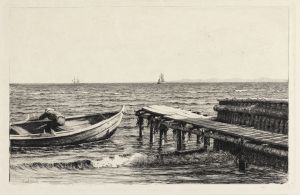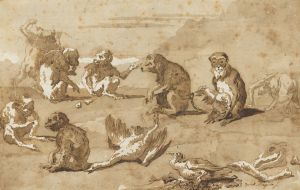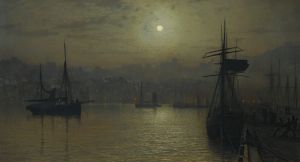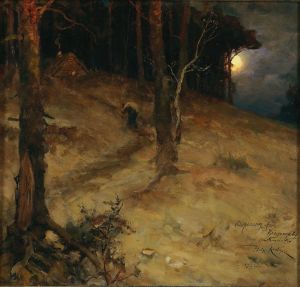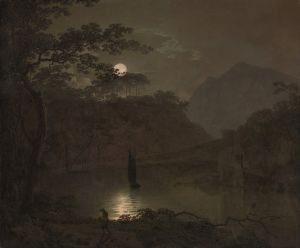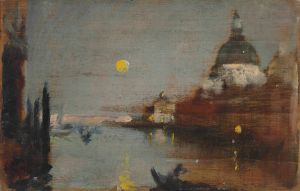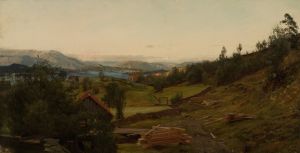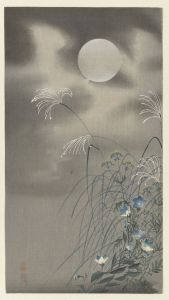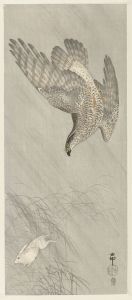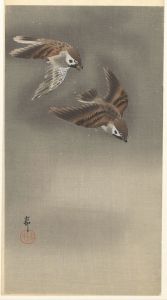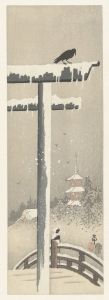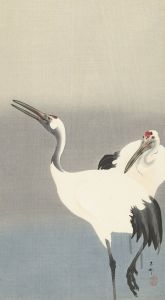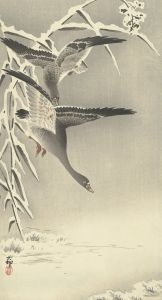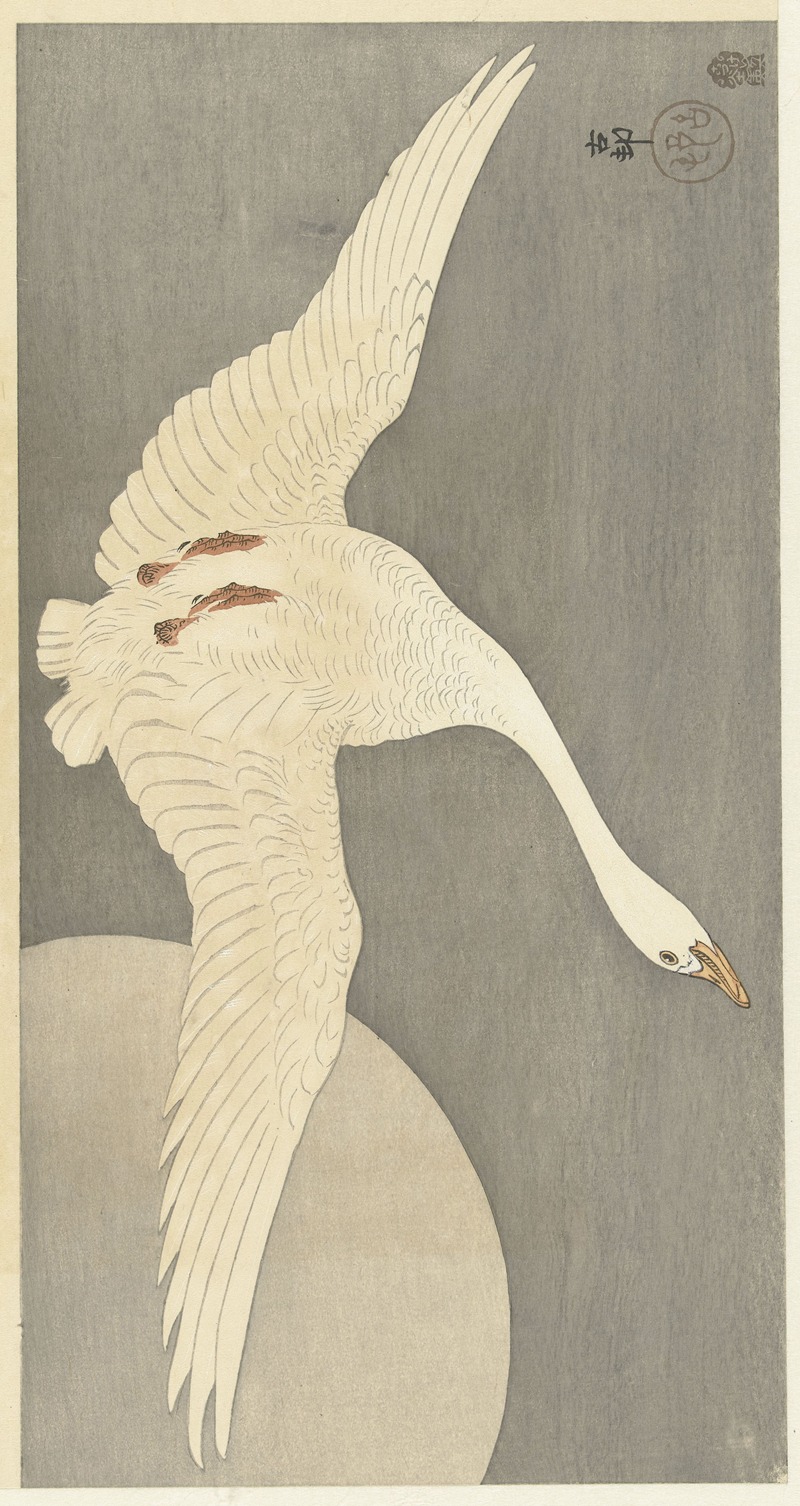
Goose at full moon
A hand-painted replica of Ohara Koson’s masterpiece Goose at full moon, meticulously crafted by professional artists to capture the true essence of the original. Each piece is created with museum-quality canvas and rare mineral pigments, carefully painted by experienced artists with delicate brushstrokes and rich, layered colors to perfectly recreate the texture of the original artwork. Unlike machine-printed reproductions, this hand-painted version brings the painting to life, infused with the artist’s emotions and skill in every stroke. Whether for personal collection or home decoration, it instantly elevates the artistic atmosphere of any space.
Ohara Koson was a prominent Japanese artist known for his work in the shin-hanga movement, which revitalized traditional ukiyo-e art in the early 20th century. His oeuvre primarily consists of kachō-e, or bird-and-flower prints, which are celebrated for their exquisite detail and subtle use of color. One of his notable works is "Goose at Full Moon," which exemplifies his mastery in depicting natural scenes with a serene and poetic quality.
"Goose at Full Moon" is a woodblock print that captures the tranquil beauty of a solitary goose flying across a night sky illuminated by a full moon. The composition is simple yet evocative, with the moon casting a gentle glow that highlights the silhouette of the goose. Koson's use of negative space is particularly effective in this piece, as it draws the viewer's attention to the graceful form of the bird and the luminous presence of the moon. The print is a testament to Koson's ability to convey emotion and atmosphere through minimalistic yet powerful imagery.
Koson's work was heavily influenced by the traditional Japanese aesthetic principles of simplicity and harmony, which are evident in "Goose at Full Moon." The print reflects the Japanese concept of "ma," or the space between objects, which is used to create a sense of balance and tranquility. This approach allows the viewer to focus on the essential elements of the composition without distraction, enhancing the overall impact of the artwork.
The shin-hanga movement, of which Koson was a key figure, sought to revive the declining art of ukiyo-e by incorporating Western techniques and perspectives while maintaining traditional Japanese themes and craftsmanship. Koson's prints were particularly popular in the West, where they were appreciated for their delicate beauty and exotic appeal. "Goose at Full Moon" is an excellent example of how Koson successfully blended Eastern and Western artistic sensibilities, resulting in a work that resonates with audiences across cultures.
Koson's prints were typically produced in collaboration with skilled carvers and printers, who played a crucial role in bringing his designs to life. This collaborative process was a hallmark of the shin-hanga movement, emphasizing the importance of craftsmanship and attention to detail. The quality of the printing in "Goose at Full Moon" reflects this meticulous approach, with subtle gradations of color and finely rendered details that enhance the overall aesthetic of the piece.
"Goose at Full Moon" continues to be admired for its timeless beauty and artistic excellence. It is a quintessential example of Ohara Koson's contribution to the shin-hanga movement and his enduring legacy as a master of kachō-e. The print remains a favorite among collectors and art enthusiasts, appreciated for its ability to evoke a sense of peace and contemplation through its elegant simplicity.





